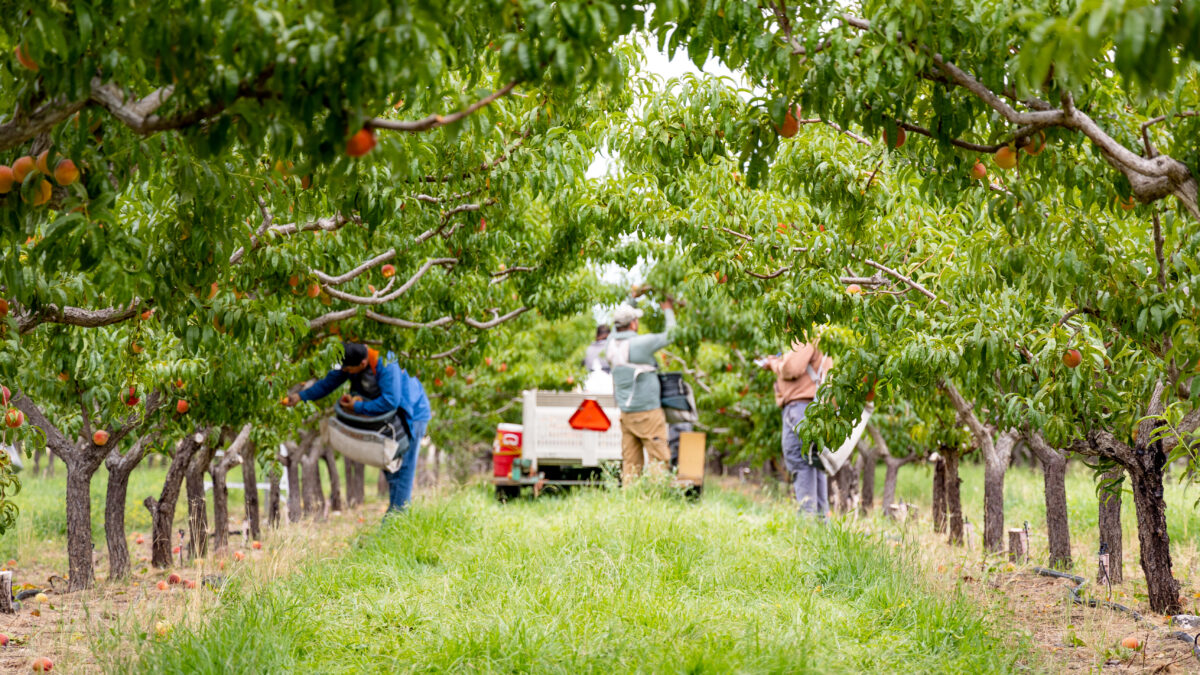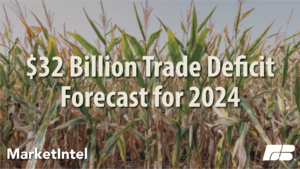Farm Labor Survey Shows Wages Rising in 2025
Samantha Ayoub
Associate Economist
Chad Smith
Associate News Service Editor, NAFB
The November Farm Labor Survey shows farmworker wages are heading up in 2025. Chad Smith has more on just how much higher.
Smith: The cost of farm labor is yet another rising supply cost for farmers and ranchers, particularly for farmworkers hired through the H-2A visa program. Samantha Ayoub, an economist for the American Farm Bureau Federation, says the recently released Farm Labor Survey gives us a snapshot of labor costs across the country.
Ayoub: The November Farm Labor Survey release told us that combined field and livestock worker wages were $18.12 nationally, up 3.2 percent from the 2023 release. However, no one realistically pays the national wage, so regionally, there was an average about a four-and-a-half percent increase in regional wages.
Smith: Ayoub says wage rates differed dramatically across the country.
Ayoub: There was actually a decrease in the Lake Region--Minnesota, Wisconsin and Michigan--down two percent to $18.15, but then we have places like the Southeast-- Florida, Alabama, Georgia, South Carolina--with nearly 10 percent increases. California is finally not the highest paying state in the country. They've been surpassed by Hawaii at $20.08, up 7.2 percent from 2023.
Smith: This report will be used to calculate the Adverse Effect Wage Rate for 2025.
Ayoub: The Farm Labor Survey’s combined field and livestock worker wage becomes the Adverse Effect Wage Rate that DOL uses for six different standard occupation codes, and that's going to comprise 96 percent of H-2A workers. In December, they will post the Adverse Effect Wage Rate, which is, in essence, copy and pasted from the Farm Labor Survey, and that will become the field and farm worker wage for H-2A workers. It's also going to vary across the country as to when you have to start paying that wage because of the injunction on the Worker Protection Rule.
Smith:Learn more at fb.org/MarketIntel. Chad Smith, Washington.
*Note: this episode has been updated to reflect a corrected national wage rate of $18.12.
What We're Saying
Trending Topics
VIEW ALL



